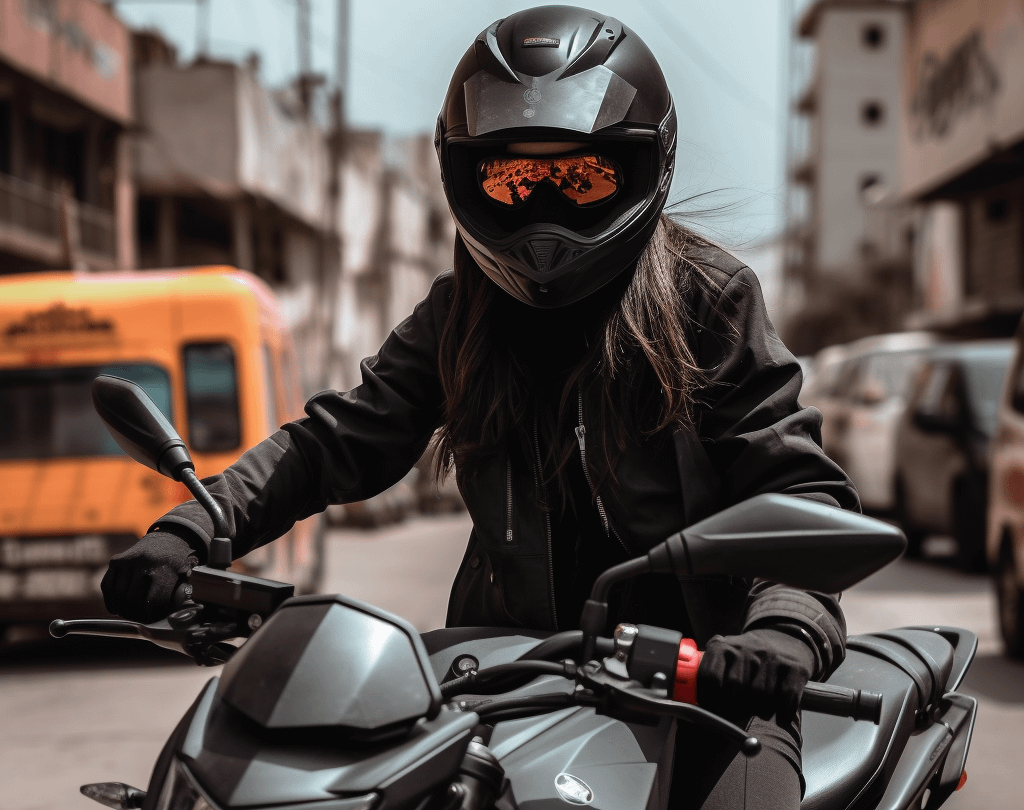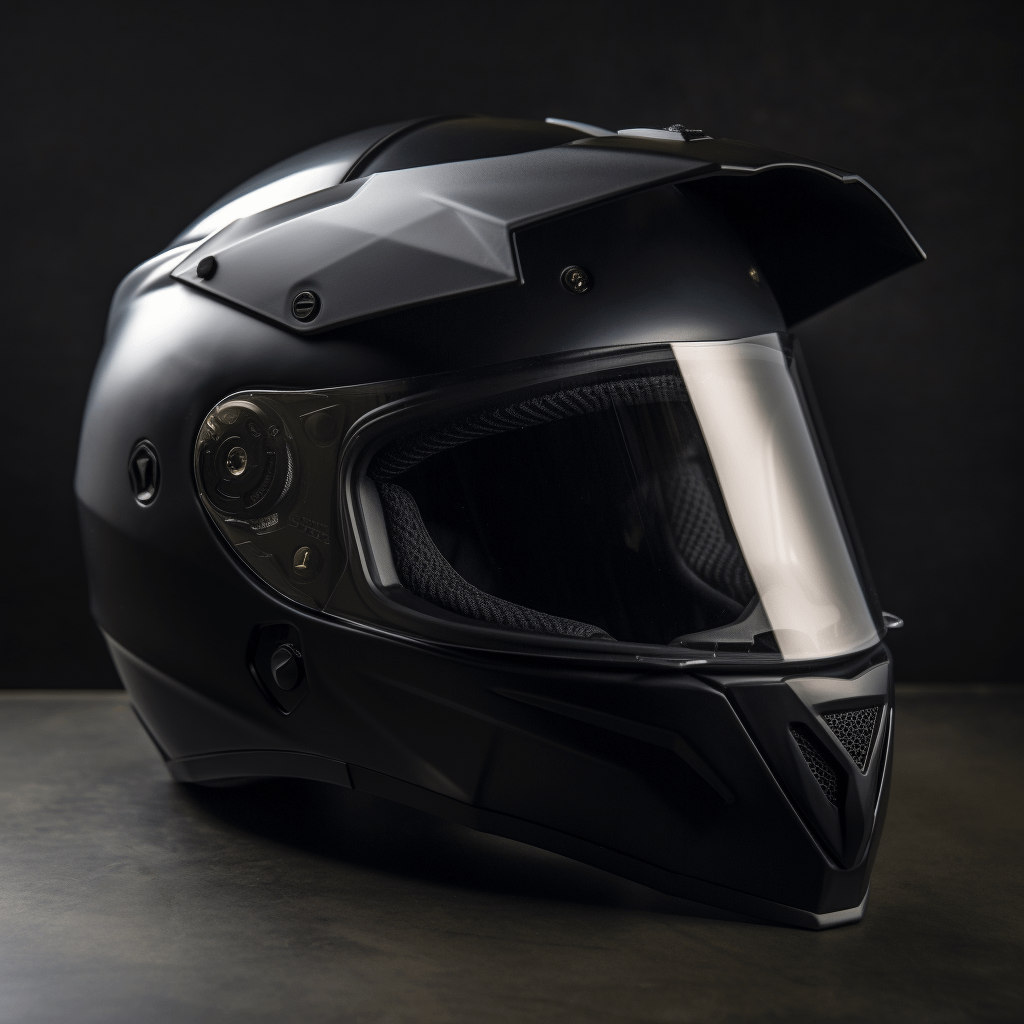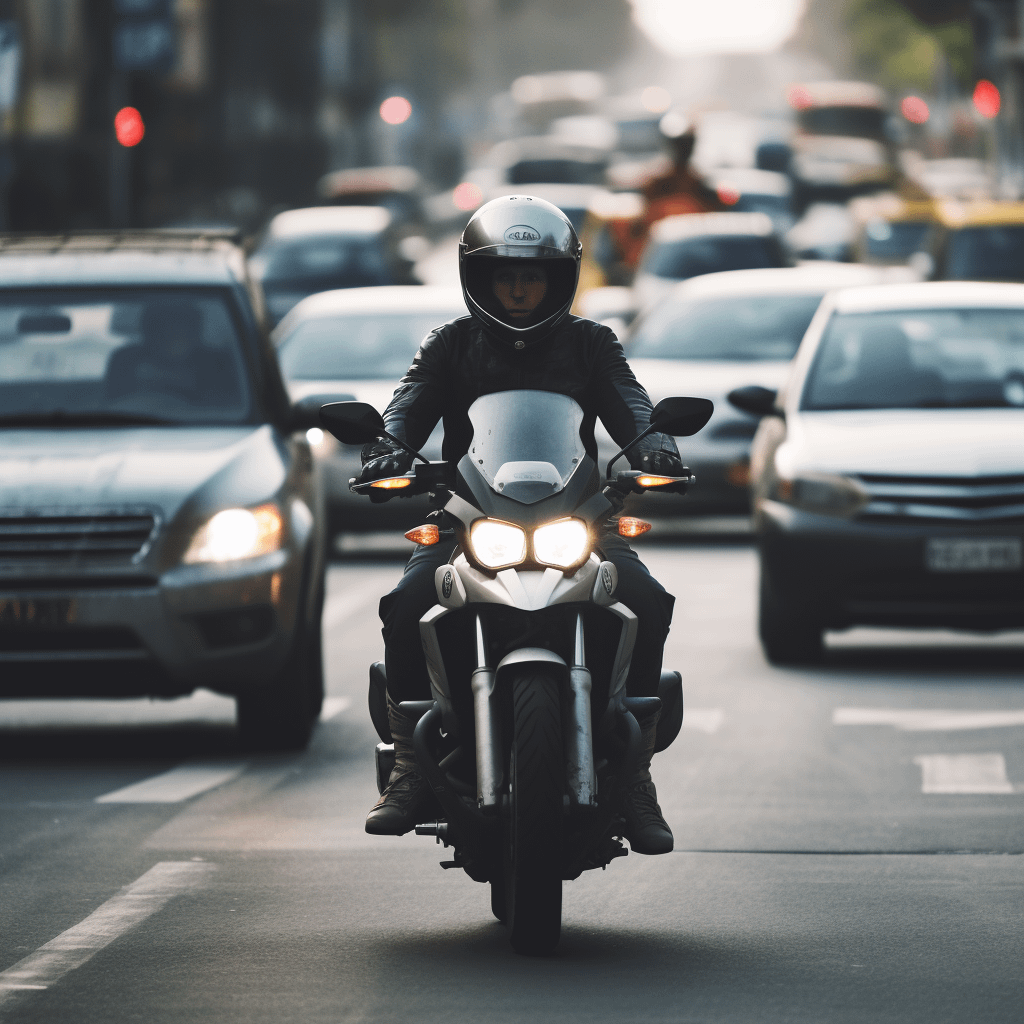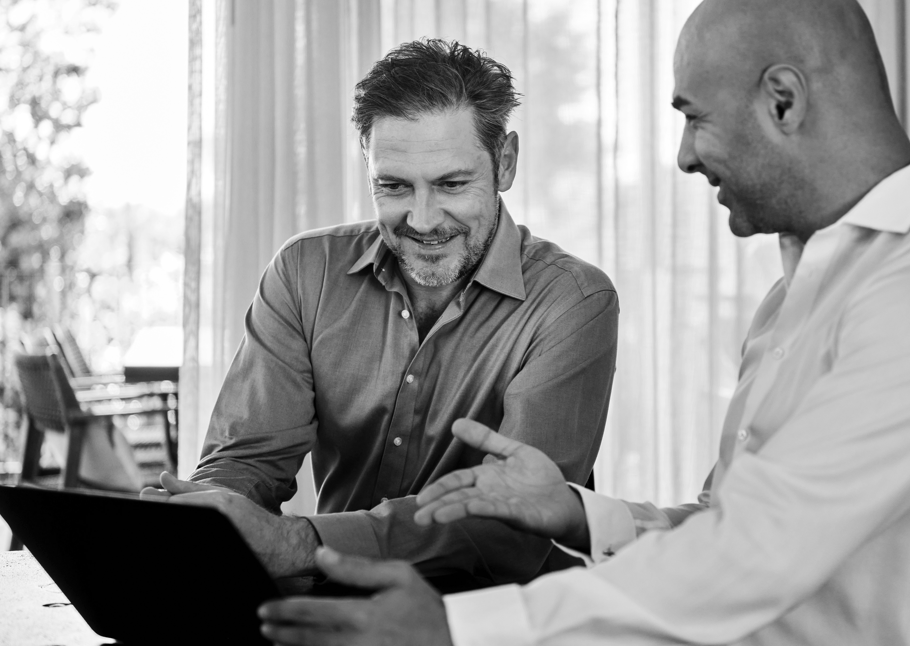Riding a motorcycle is a great way to unwind and enjoy exploring new areas. However, nothing ruins the ride more than being involved in a motorcycle accident. The following information is intended as a guide to increase your knowledge about motorcycle safety and help you make safer decisions on the road. Get the most fun out of riding with these helpful motorcycle safety tips.

What is the Primary Cause of Motorcycle Crashes?
Motorcycle crashes are known to have a much higher fatality rate than other motor vehicle accidents. More than 80 percent of all reported motorcycle crashes end in injury or death to the motorcyclist, according to the National Highway Traffic Safety Administration. The number of motorcycle fatalities has also risen drastically over the last 20 years, with an increase of 127 percent.
The majority of motorcycle crashes involving two vehicles are not the fault of the motorcyclist. Studies have shown that the primary causes of motorcycle crashes are other vehicles, most specifically right-of-way violations at intersections and lack of awareness of motorcycle riders on the road. However, there are many other contributing factors such as age, gender, lack of training, driver intoxication, and more that all have demonstrable causations to motorcycle crashes.
Riding a motorcycle is many peoples’ happy place. But before you ride, consider the following motorcycle safety tips:
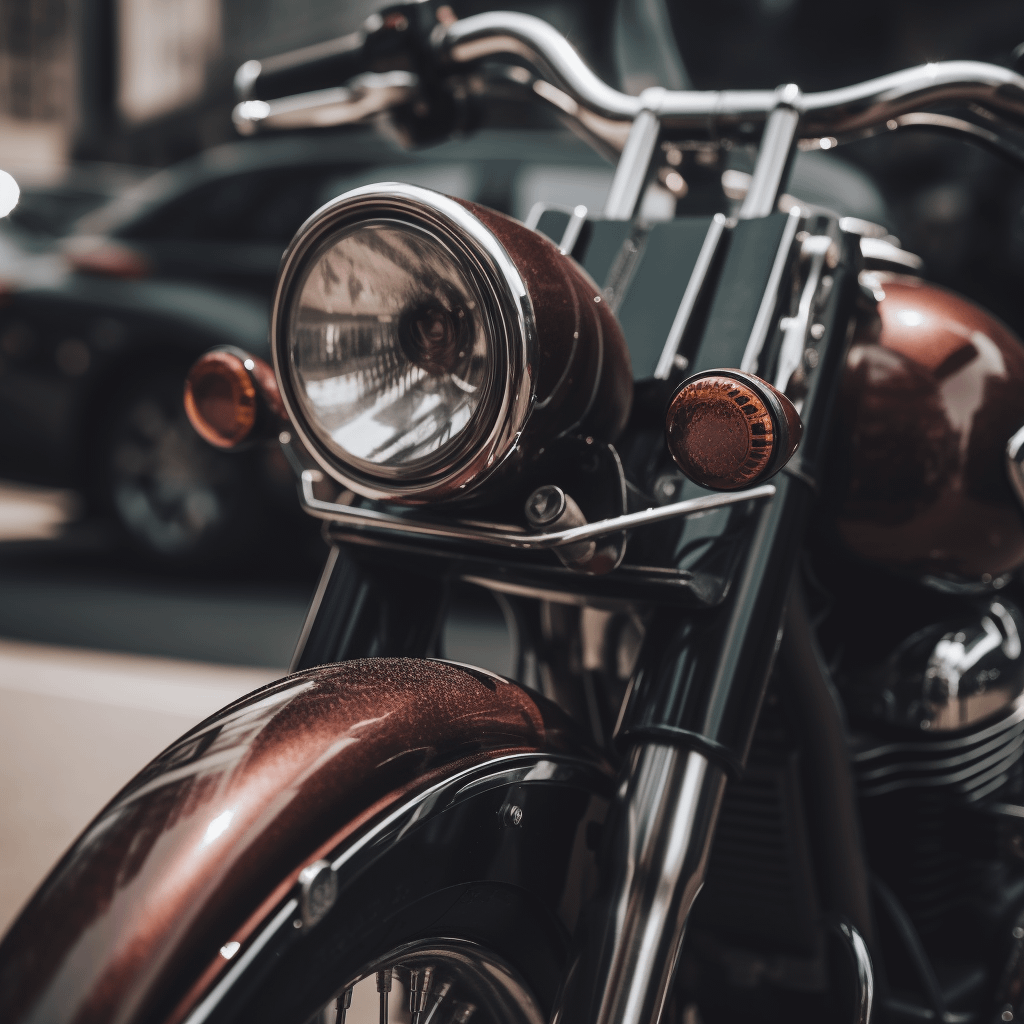
1. Select the Right Motorcycle
Choosing the right motorcycle isn’t just about comfort. Selecting a bike with the right power, size, and dimensions can help keep you safer on the road. You may need to adjust the suspension of your seat, or check the seat height against your inseam using published measurements to ensure that you choose a motorcycle that is the correct height for you to ride. Remember that when a motorcycle is stopped, the only thing keeping all 550 pounds upright is the rider. If you can only reach the ground with the very tips of your toes, your safety is in jeopardy at every red light or intersection you come across.
Another consideration is your bike’s carrying capacity. Weight limits on most motorcycles range from 350 to 450 pounds. While you may not come close to the limit on your own, your motorcycle’s carrying capacity is also determined by the power-to-weight ratio you need for the engine, as well as the wet weight determined by the additional fluids it needs to operate. To find these numbers, subtract the motorcycle’s weight from its gross vehicle weight rating (GVWR). Then, subtract the wet weight (typically about 50 pounds) to account for gasoline and other motorcycle fluids.
Determining this number allows you to choose the appropriately powered engine for your needs. Consider whether you plan on using the bike for touring or extended riding where you will likely carry extra weight with you, or if you are opting instead for a lighter, more aerodynamic sportbike model with a smaller engine.
2. Inspect Your Bike for Defective Parts
Schedule regular inspections for your bike, and be sure to check on necessary components yourself before you ride. Every state imposes its own motorcycle safety requirements.
For example, Massachusetts’ minimum requirements include:
- Safety equipment items such as the motorcycle’s horn, rearview mirror, fenders, mufflers, clutch, throttle, turn signals, and brakes must be in good working order
- The front of your motorcycle must have a white, properly aimed headlight, and an attached sidecar must also have a white, forward facing light
- The back of your motorcycle must have a red tail light, stoplight, and white light illuminating the license plate
- Rider’s seat must be secure
- Motorcycles that can hold a passenger must have a secure seat and separate footpegs
- Handlebars may not reach above the rider’s shoulders
- Tires should have good air pressure and tread
- Oil and fluid levels should be at safe levels that account for more than your expected travel
- The underside of your motorcycle must be free of oil and gas leaks
3. Wear a Helmet and other Protective Gear
The number one most important thing you can do to keep yourself safe as a motorcyclist is wear a helmet. A well-fitting helmet that complies with Federal Motor Vehicle Safety Standard No. 218 (check for the DOT symbol on the outside back area) can mean the difference between life or death in a crash. Head injuries are the leading cause of death in motorcycle crashes. Research suggests that federally compliant motorcycle helmets are 29 percent effective in preventing fatal injuries and 67 percent effective in prevent serious brain injuries in crashes.
To further protect your face while riding a motorcycle, it is recommended to have a plastic shatter-resistant faceshield (VESC-8) on your helmet. This provides protection against elements of the road like dust, wind, rain, insects, and debris thrown up from vehicles traveling in front of you. Massachusetts’ motorcycle manual importantly notes that ,”A windshield is not a substitute for a faceshield.”
Riders of all skill levels should wear properly fitted riding gear or layered clothes that are breathable. Your clothes should keep you warm and dry in cold or wet weather. A winter jacket worn for wind resistance should fit snugly at the neck, wrists, and waist. Furthermore, investing in a good quality rain suit that is designed for motorcycle riding can help prevent tearing or ballooning at high speeds.
A rider’s boots or shoes should cover their ankles, and the soles should be hard, durable, slip-resistant material. It is advisable to avoid wearing boots or shows with large heels so your feet do not catch on rough surfaces while riding. Laces should be tucked in to avoid catching on your bike.
It is highly recommended to wear gloves – ideally made of leather or a synthetic, durable material – that allow a better grip and protect your hands. Do not start riding until you are properly protected from the elements and the impact of a potential collision. Each piece of gear plays a different but vital role in protecting your safety on a motorcycle, making them worth the research and investment.
4. Double Check the Weather
Slippery streets, rain, sleet, and snow can all limit visibility and make riding a motorcycle unsafe – as well as a more miserable experience for the rider. Cold and rainy weather can make parts of your body go numb, making it impossible to properly operate a motorcycle. Check the weather, and when in doubt, wait it out.
5. Get All the Rest You Need
Driver fatigue plays a part in many motor vehicle crashes, and motorcyclists are no exception. Riding a motorcycle often demands more hand-eye coordination, quick reaction times, balance, and roadway awareness than driving a car. Riding while fatigued, intoxicated, or otherwise impaired is a risk to yourself and everyone on the road.
6. Enroll in a Motorcycle Safety Course
According to the National Highway Safety Administration, approximately one-third of motorcyclists killed in crashes are not licensed or are improperly licensed to operate a motorcycle. Riding a motorcycle is different from driving a car, and often requires more skill and awareness of the road. The following are some options for online and in-person safety courses for motorcyclists in the Boston area and beyond:
Once on the road, there are many steps a motorcyclist can take to keep themselves safe and have the best ride possible. Using defensive driving techniques, especially at intersections, can help ensure a rider makes it home safe and gets to enjoy their time on their bike for as long as possible.

Motorcycle Safety Tips for New Riders
Crash risk is correlated to both age and experience in motorcycle riders. Studies show that older riders, despite longer exposure to motorcycle riding, are less prone to injuries than younger riders. Additionally, more driving experience is associated with lower risk of injury. Newer riders can learn how to safely operate a motorcycle and what to do in different riding scenarios by completing a certified motorcycle riding and safety course.
Motorcycle Traffic Safety Tips
- Pay close attention at intersections: The majority of motorcycle accidents occur when other vehicles make left turns at intersections while failing to notice or give way to oncoming motorcyclists. This phenomenon is often called a “Looked But Failed to See” (LBFTS) crash in the US, or a “Sorry Mate I Didn’t See You” (SMIDSY) accident in UK, Australia, and New Zealand. Taking steps to increase your visibility as a motorcycle rider can reduce accidents by up to 20 percent. Examples include wearing reflective clothing or colored materials, using day running lights or low-beam lights, and avoiding blind spots.
- Don’t speed: Speeding poses a risk to your safety on a motorcycle in multiple ways. For one, it reduces your own ability to react safely and in time to changing road conditions. Speeding also reduces your visibility on the road and makes it more difficult for drivers in cars and trucks – which pose an even greater risk to motorcyclist safety – to see you and react to your presence in time.
- Obey traffic laws: Always ride with the flow of traffic and leave plenty of space between yourself and other vehicles. Even when motorcycles can squeeze into smaller spaces, avoid doing so to prevent head-on or rear end collisions with yourself in the center.
Motorcycle Highway Safety Tips
Motorcyclists traveling on the highway should stay toward the left or right side of the lane. Riding where car tires track can help improve your field of vision, and improve your odds of escaping into another lane if a car should come up behind you too quickly. Experienced riders know that the center of a highway lane is likely to be the dirtiest with oil deposits and other hidden hazards.
Another crucial motorcycle safety tip for highway riding is to avoid tailgating. Rear-end collisions are one of the most common types of highway accidents, and they are much more deadly for motorcyclists than other drivers. Additionally, many larger trucks or cars can safely pass over debris that would otherwise create a serious hazard for a motorcyclist. Riding too close to the car ahead of you leaves you without enough time to react to sudden obstacles that might emerge in your path like pieces of tire, aluminum, gas jugs, and more.
Motorcycle Group Riding Safety Tips
When riding in a group, know your hand signals and agree upon strategies for fuel stops, road hazards, and passing. It may also be advisable to position more experienced motorcyclists at the front and rear of the group, to ensure that less experienced riders do not fall behind or out of formation. Rider Magazine recommends that the least experienced rider be in the second position in the group.
Give everyone space to brake, and avoid riding side by side in the same lane, in case one rider needs to swerve to avoid a passing car or piece of debris. Consider a staggered formation, or going one by one in conditions with poor visibility. Finally, avoid large groups, or formations with more than seven riders. Any group with more than six riders should be divided into subgroups with their own lead and sweep in order to ensure that safe travel conditions remain a priority.
Safety Tips for Motorcycle Riding in the Rain
- Go slow: Riding a motorcycle in the rain involves more safety hazards than driving a car in the rain. According to the Federal Highway Administration, 75 percent of weather related crashes occur on wet pavement. Riding slowly increases everyone’s reaction time potential, which is already inhibited by weather conditions.
- Increase your visibility: Having appropriate weather gear is essential, as rain makes it more difficult for other drivers to keep track of their surroundings. Consider bright colors for your waterproof outfit.
- Wear goggles, a visor, or full-face anti-fogging helmet: Improve your own visibility by ensuring that you can still see the roadway ahead of you in the rain or fog.
- Lean less: According to the US Army, keeping a motorcycle in an upright position increases traction on wet roads. If you have to turn across white road markings like crosswalks, take extra care and avoid braking or leaning into turns.
Nighttime Riding Motorcycle Safety Tips
Riding a motorcycle at night comes with its own set of challenges, especially for newer riders. Car headlights can be blinding for motorcyclists, especially on narrower two-lane roads. Often, riders need time to readjust to the darkness of their surroundings after each car passes. This can lead to difficulties with depth perception and reacting in time to other conditions on the roadway. Avoid looking at passing cars and instead focus on the shoulder of the road or the sides of the lights to help avoid being blinded.
Additionally, avoid “over-riding” at night by keeping your total stopping distance within your sight distance. Over-riding occurs whenever it will take longer for you to stop your bike than you can see ahead of you. The risk for over-riding is greater at night and in poor weather. Assume anything outside of your own headlamp’s beam is a potential hazard, and give yourself extra time to react to changing conditions.
Motorcycle Safety Tips: Related Crash Types
Motorcycle Passenger Safety Tips
Motorcycle passengers should keep their feet on the footpegs and legs away from the muffler. Motorcyclists can help passengers learn to lean in the same direction as them. Passengers should also avoid trying to dismount until the bike has fully stopped.
Motorcycle Safety Tips for Car Drivers
If you are behind the wheel of a car, know that you are the greatest risk factor for motorcyclists on the road. Take extra care at intersections, when changing lanes, and especially when making left hand turns. Do your part to ensure that you are really seeing the road around you and not just taking a peremptory glance. Doing so can make the difference between life or death for someone on a motorcycle.
What to Do in You’re Hurt in a Motorcycle Accident
If you were hurt in a motorcycle accident, the attorneys at CarAccident.Law may advise you to take the following steps:
- Remove yourself from the flow of traffic, if possible
- Seek medical care at once
- Document the scene of the crash
- Exchange information with anyone involved and any eyewitnesses
- File a police report
- Keep all your medical bills and paperwork
- Contact a motorcycle accident attorney for help with filing a claim for damages

What is the greatest risk to you as a motorcyclist?
The number one risk to you as a motorcyclist is other cars on the road, especially at intersections and around turns. The second greatest risk you face is yourself, especially when riding with little experience or if you get on a bike in an impaired state.
Is it safe to ride a motorcycle in jeans?
Crash safety experts recommend riding motorcycles in heavier, protective fabric. Most lighter weight denim will tear upon contact with the road, although it is certainly better than bare skin. Heavier lined jeans, such as those made with protective stitching, Kevlar, or multiple layers are a safer choice for motorcyclists.
What is the safest thing to wear on a motorcycle?
The safest thing to wear on a motorcycle is a helmet, especially one with proper eye protection. Additionally a sturdy, padded jacket, well-fitting gloves and pants, as well as boots with ankle coverage are some of the safest things you can wear on a motorcycle.
Get More Motorcycle Safety Tips from an Accident Attorney
If you need help protecting yourself before a ride or have already suffered injuries in a motorcycle crash, the attorneys with CarAccident.Law are here to help. Our accident lawyers are available for a complimentary consultation about the facts of your case and can help maximize your chances of receiving compensation for your losses. Call today to learn more from a seasoned legal professional.

